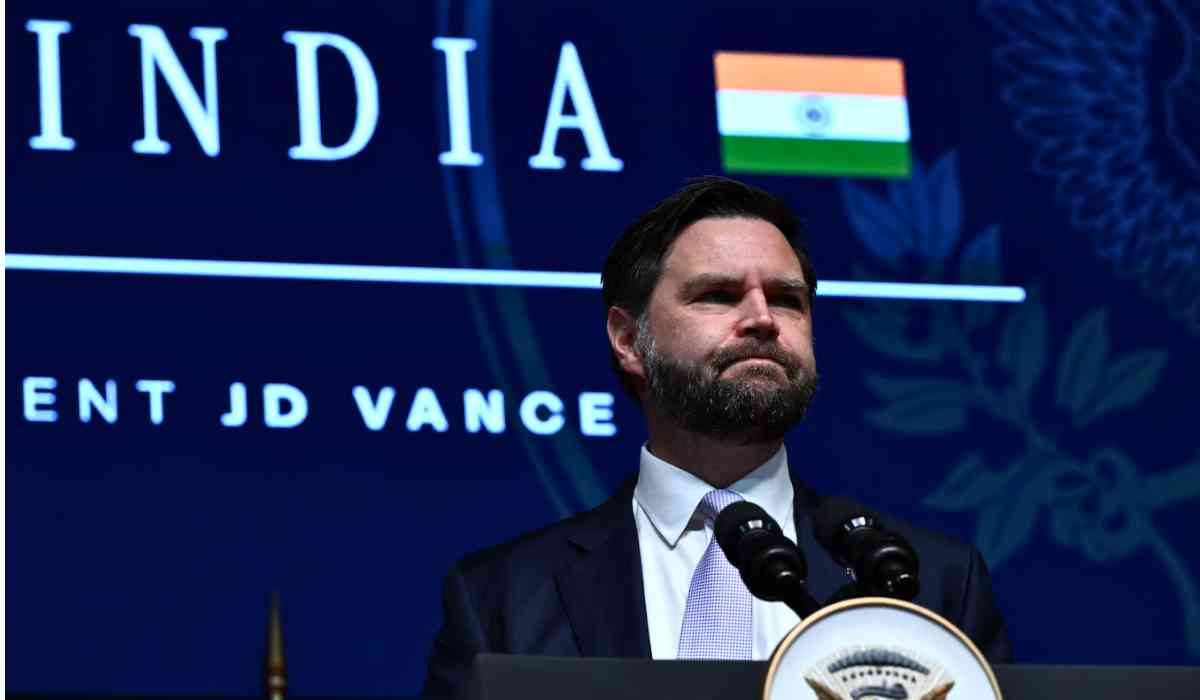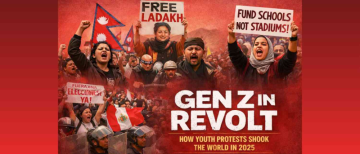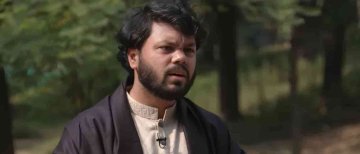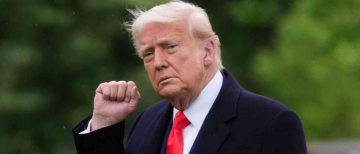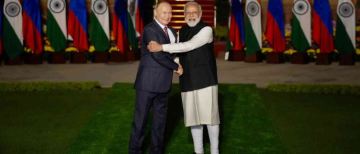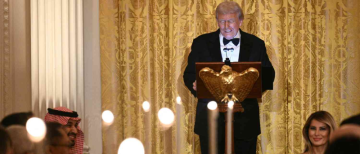U.S. Vice President JD Vance recently delivered a significant message during his visit to India, emphasizing the critical importance of a strong partnership between the United States and India. Speaking in Jaipur, Vance highlighted that the future of the 21st century depends heavily on the cooperation between these two nations, warning that failure to work together could lead to a "very dark time for all of humanity".
The Call for Closer Collaboration

Vance urged India to reduce non-tariff barriers that limit American companies' access to the Indian market and encouraged India to increase its purchases of U.S. defense and energy products. He pointed out that the U.S. wants to sell more advanced military equipment, including fighter jets like the Lockheed Martin F-35, and expand energy exports to India, including offshore natural gas and nuclear energy cooperation.
He praised India’s growing role as a global manufacturing hub, especially as the U.S. imposes higher tariffs on Chinese goods, which shifts the balance of global trade in India’s favor. Vance described India as vibrant and full of vitality compared to the "sameness and flatness" of some Western countries, underlining the potential for mutual growth.
Progress on Trade Negotiations

During his four-day visit, Vance met with Indian Prime Minister Narendra Modi and announced that both countries had finalized the terms of reference for a bilateral trade agreement (BTA). This agreement aims to boost trade volume between the two nations to $500 billion by the end of the decade. The progress marks a crucial step toward a final trade deal expected by autumn 2025, coinciding with a 90-day pause on steep U.S. tariffs imposed earlier by the Trump administration.
Vance described Modi as a "tough negotiator" who drives a hard bargain, showing respect for India’s firm stance in the talks. He expressed optimism that the collaboration would lead to a prosperous and peaceful 21st century, reflecting a shared vision between the two governments.
The Bigger Picture: Strategic and Global Implications
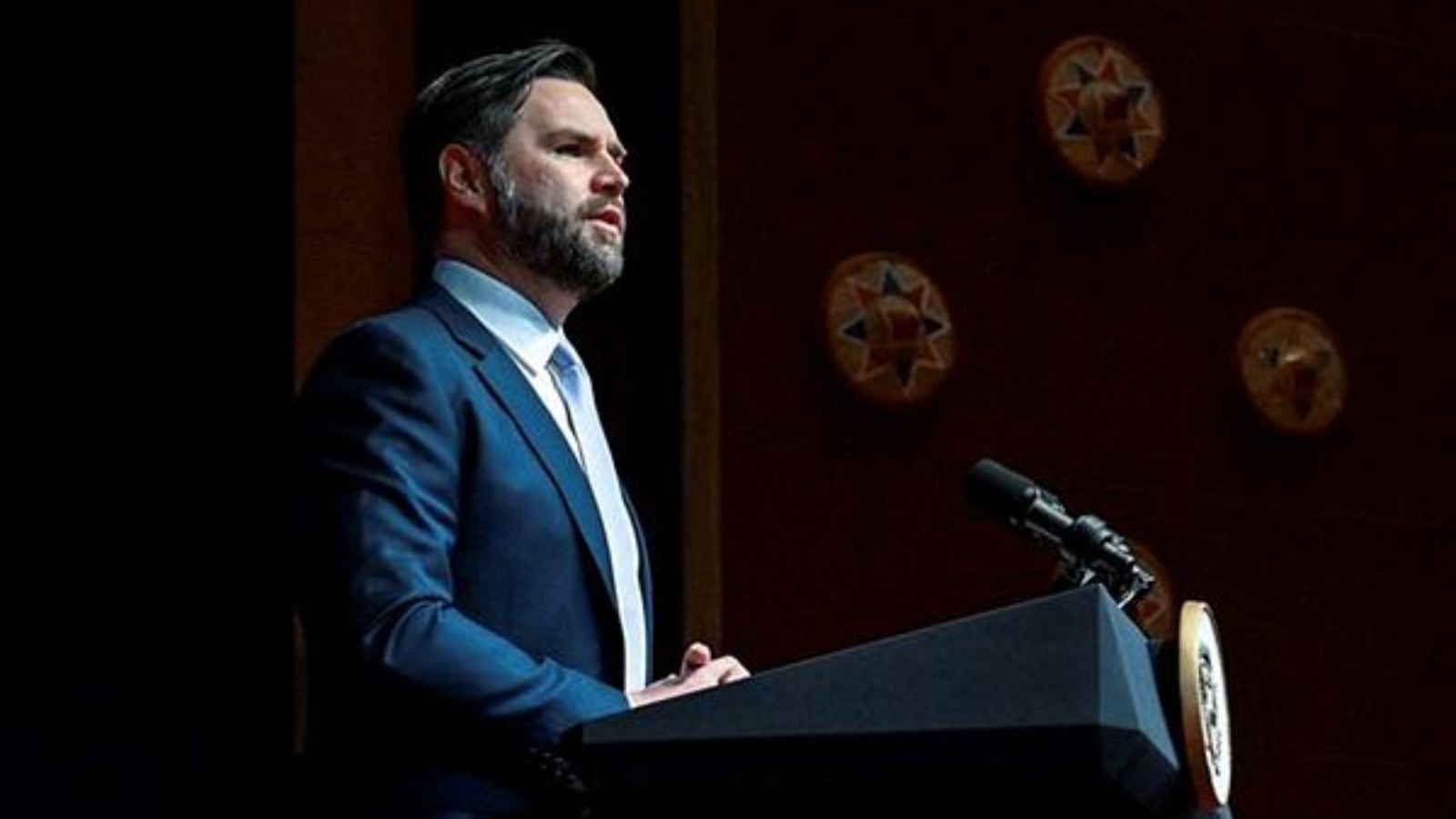
The U.S. sees India as a key partner in countering China's growing influence in the Indo-Pacific region. Vance warned of "dire" consequences for the region and the world if the U.S.-India alliance weakens. He framed the ongoing trade and defense cooperation as essential not only for economic benefits but also for maintaining global stability and peace.
Vance also addressed concerns about U.S. tariff policies, clarifying that the goal is to rebalance global trade fairly and support American workers while fostering strong partnerships with countries like India. He emphasized that trade relations should be based on fairness and mutual national interests, aiming for benefits that extend to all citizens of both countries.
Why This Matters
The U.S.-India relationship is evolving beyond traditional ties, moving toward a comprehensive partnership that includes trade, defense, energy, and technology. This partnership reflects broader geopolitical shifts, where India’s rise as a manufacturing and energy hub is increasingly important on the global stage.
For India, securing better market access in the U.S. and attracting American technology and defense equipment can boost its economic growth and security capabilities. For the U.S., strengthening ties with India supports strategic interests in Asia and offers new markets for American businesses.
However, the success of this partnership depends on overcoming challenges such as tariff barriers, regulatory hurdles, and geopolitical uncertainties. The warnings of a "very dark time" serve as a reminder that missed opportunities could have far-reaching consequences for global peace and prosperity.
Conclusion
Vice President JD Vance’s visit to India and his strong statements underscore the urgency of deepening U.S.-India ties. The progress in trade talks and the push for greater defense and energy cooperation signal a hopeful path forward. Both nations stand to gain significantly if they continue to work together, shaping a 21st century that is not only prosperous but also peaceful. Conversely, failure to solidify this partnership could lead to instability and challenges that affect the broader global community.
This moment represents a pivotal opportunity for the two democracies to build a future that benefits their people and the world at large. The coming months will be crucial in determining how this relationship unfolds.
With inputs from agencies
Image Source: Multiple agencies
© Copyright 2025. All Rights Reserved Powered by Vygr Media.

